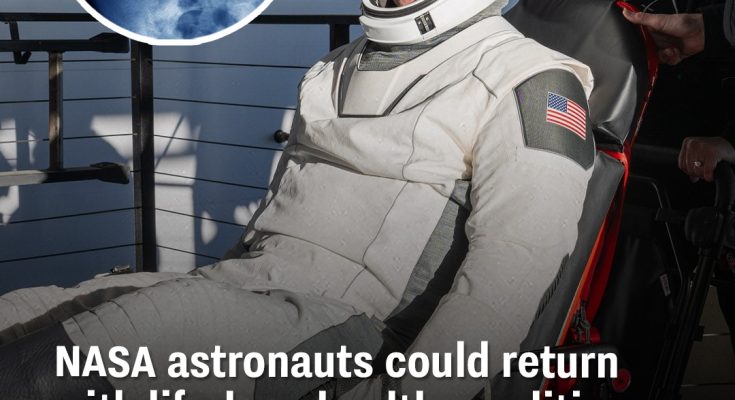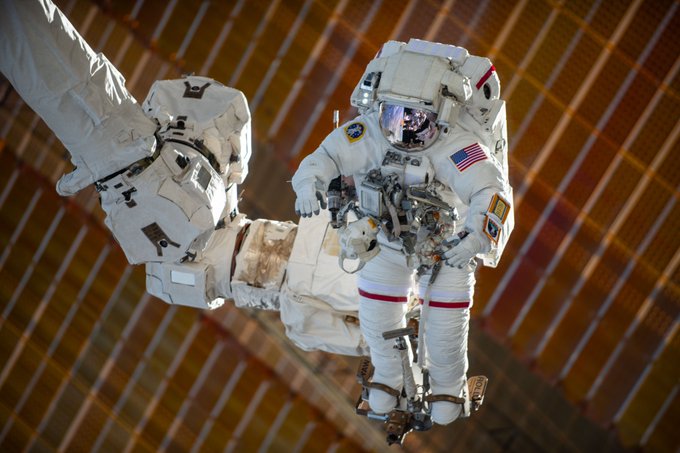Suni Williams and Butch Wilmore are back on Earth, but their 286 days in space may have taken a serious toll on their health.
The two NASA astronauts landed off the Florida coast last night (18 March) and were greeted by the rescue squad – as well as some curious dolphins.
They were carried out on stretchers and now face a long recovery process as they readjust to life under Earth’s gravity.
Returning astronauts tend to undergo medical evaluations to help them regain balance and muscle strength for everyday tasks like walking and standing upright.
However, Williams and Wilmore’s worrying health was first noticed when photos of their noticeably ‘gaunt’ appearance were released.
NASA quickly dismissed claims and reassured everyone that they were fine in the International Space Station (ISS). But there could be further health risks down the line.
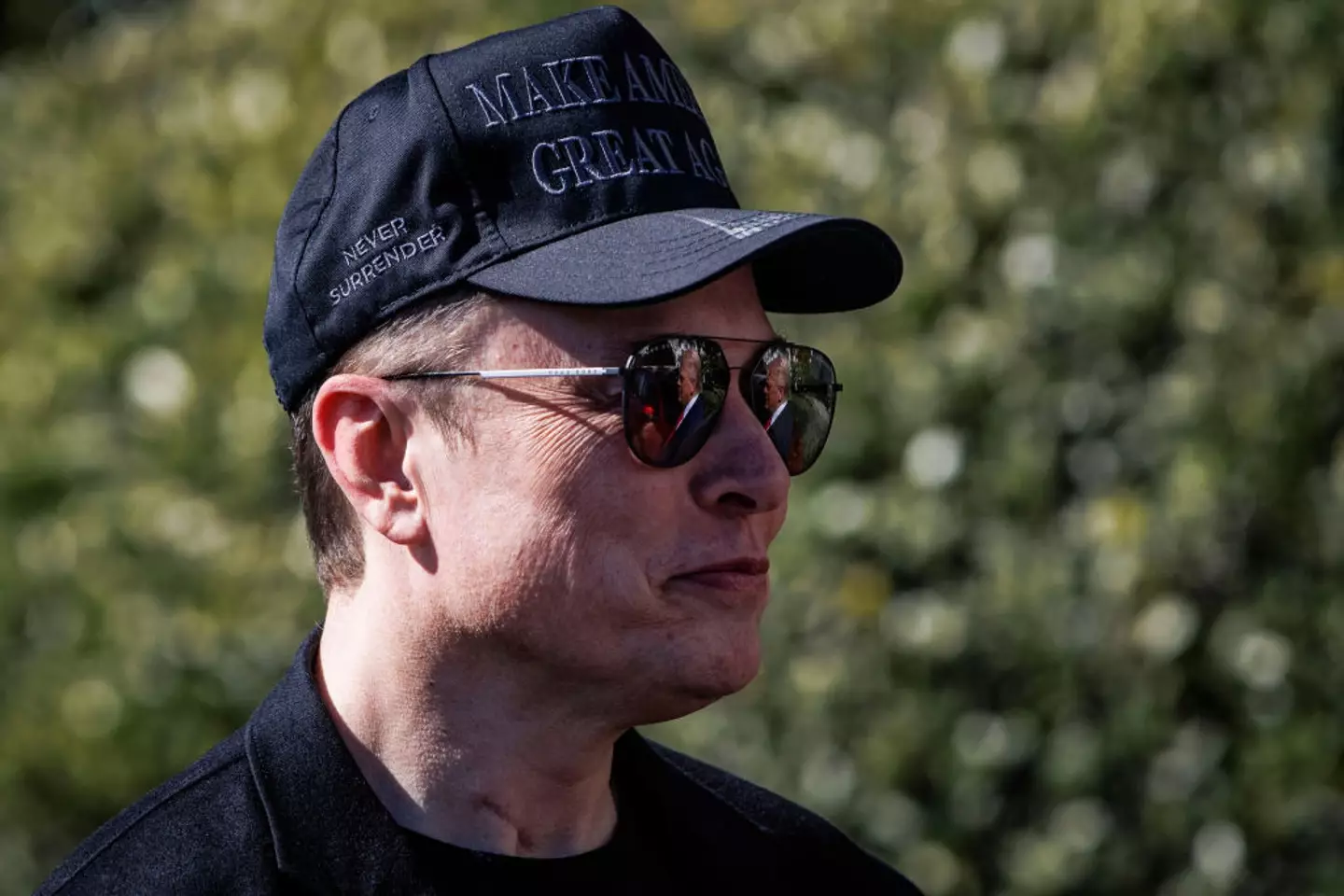

Bloomberg / Contributor / Getty
Speaking to Fox News, SpaceX founder Elon Musk spoke about the potential health issues the pair could face after exceeding what’s considered the ‘safe’ amount of time in space.
The tech billionaire explained that the ‘normal amount of time that astronauts are supposed to be in zero-G [gravity] is three months’ with the most being ‘six months.’
He said: “They were up there for almost 10 months, so that’s really gone beyond what is healthy or good.”
Musk added that things could have gotten a ‘lot worse’ if they had stayed up there for more than a year.
But, considering they were up there for almost 10 months, they will likely need support and monitoring as they readjust to life with gravity.
According to NASA, astronauts can face different health problems – from weaker bones and muscles to vision issues and ‘baby feet‘ – as their bodies adjust back to the planet’s gravity.
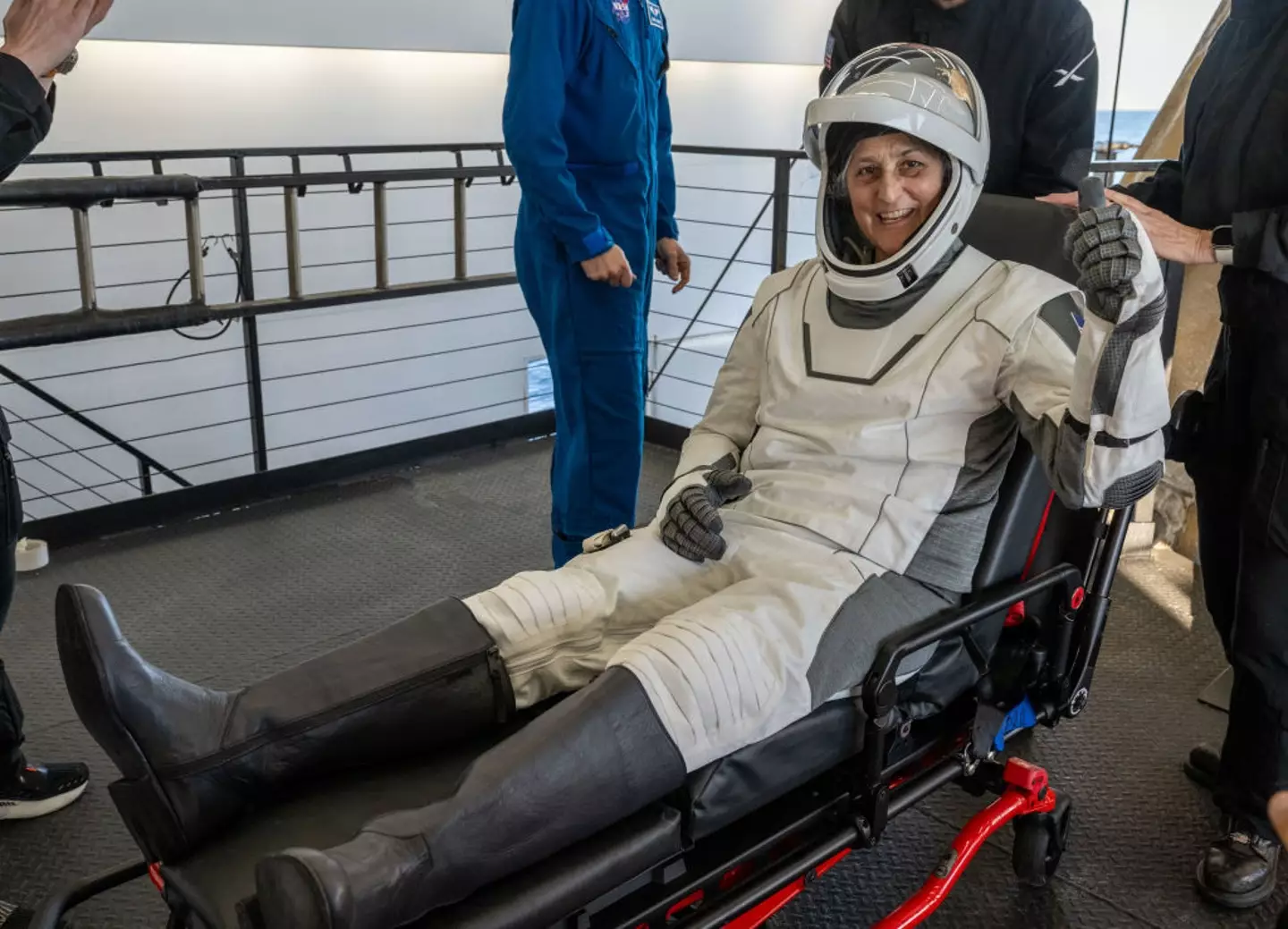

Suni and Butch have a long road of recovery ahead / NASA / Handout / Getty
The news reporter also discussed the risks of osteoporosis as the astronauts’ bones become ‘about 1% less dense for every month that they are in space.’ Not to mention that astronauts also get taller in space due to their ‘spinal column expanding’ but once they return to Earth, it contracts again which can lead to back issues.
Additionally, due to long-term radiation exposure, astronauts can be at a heightened risk of radiation sickness, cancer, central nervous system effects and degenerative diseases, NASA described.
“In low earth orbit where the ISS is, astronauts are at least partially protected by the magnetosphere that protects Earth from the radiation exposure of deep space,” noted Dr. Rihana Bokhari, acting chief scientific officer at Baylor College of Medicine’s Translational Research Institute for Space Health.
Featured Image Credit: NASA / Handout / Getty


A pair of NASA astronauts are set to return home after nine months of being stranded in space.
The US space agency announced that Barry ‘Butch’ Wilmore and Sunita ‘Suni’ Williams are to be transported home with another American astronaut and a Russian cosmonaut. The rescue crew arrived at the International Space Station (ISS) early on Sunday (16 March) aboard a SpaceX Crew Dragon craft.
This marks the end of an unexpectedly extended stay for Wilmore and Williams, who initially travelled to the ISS in June 2024 for what was supposed to be an 8-day mission.
However, technical issues forced the capsule to return to Earth without them last September – leaving them stranded nine months longer than expected.
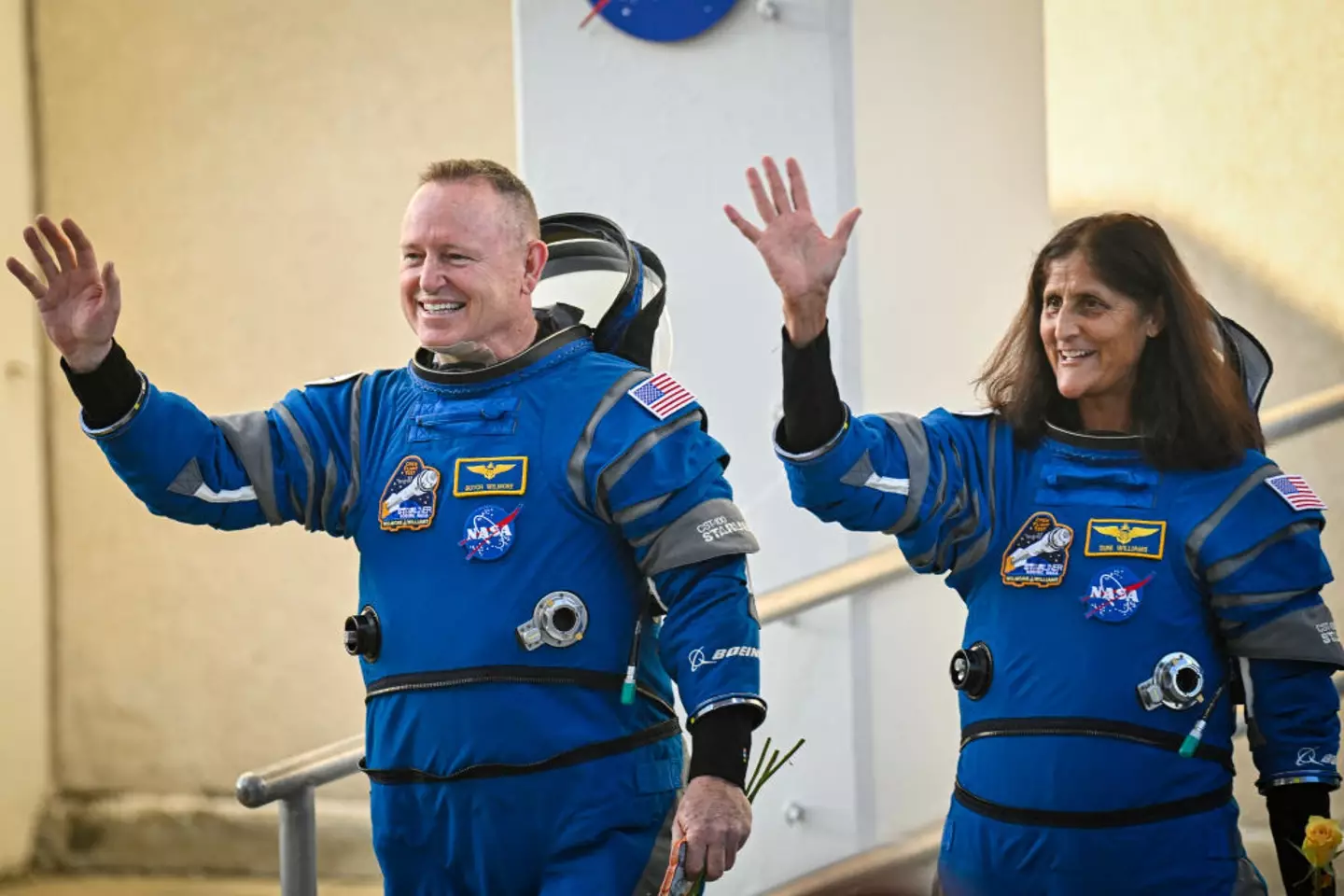

NASA’s Butch Wilmore and Suni Williams have been stranded on the ISS for over nine months (MIGUEL J. RODRIGUEZ CARRILLO / Contributor)
Although their stay is still shorter than the US space record set by Frank Rubio at 371 days in 2023, or the world record of 437 days held by Russian cosmonaut Valeri Polyakov aboard the Mir space station.
NASA originally planned a rescue mission in February, but the launch was delayed due to technical issues with a rocket clamp arm.
Then, on 12 March, a new attempt was made to launch a SpaceX Falcon 9 rocket and Dragon spacecraft from Kennedy Space Center in Florida to retrieve them.
But at the last minute, Elon Musk’s space company announced that it had aborted plans due to an issue with the hydraulic system of the launch tower.
Now, after a successful launch, NASA said the crew is expected – including NASA’s Nick Hague and Roscosmos cosmonaut Aleksandr Gorbunov – to hit the Florida coast at approximately 5:57 p.m. (21:57 GMT) on Tuesday. This is one day earlier than initially planned as the weather conditions have proved more favourable.
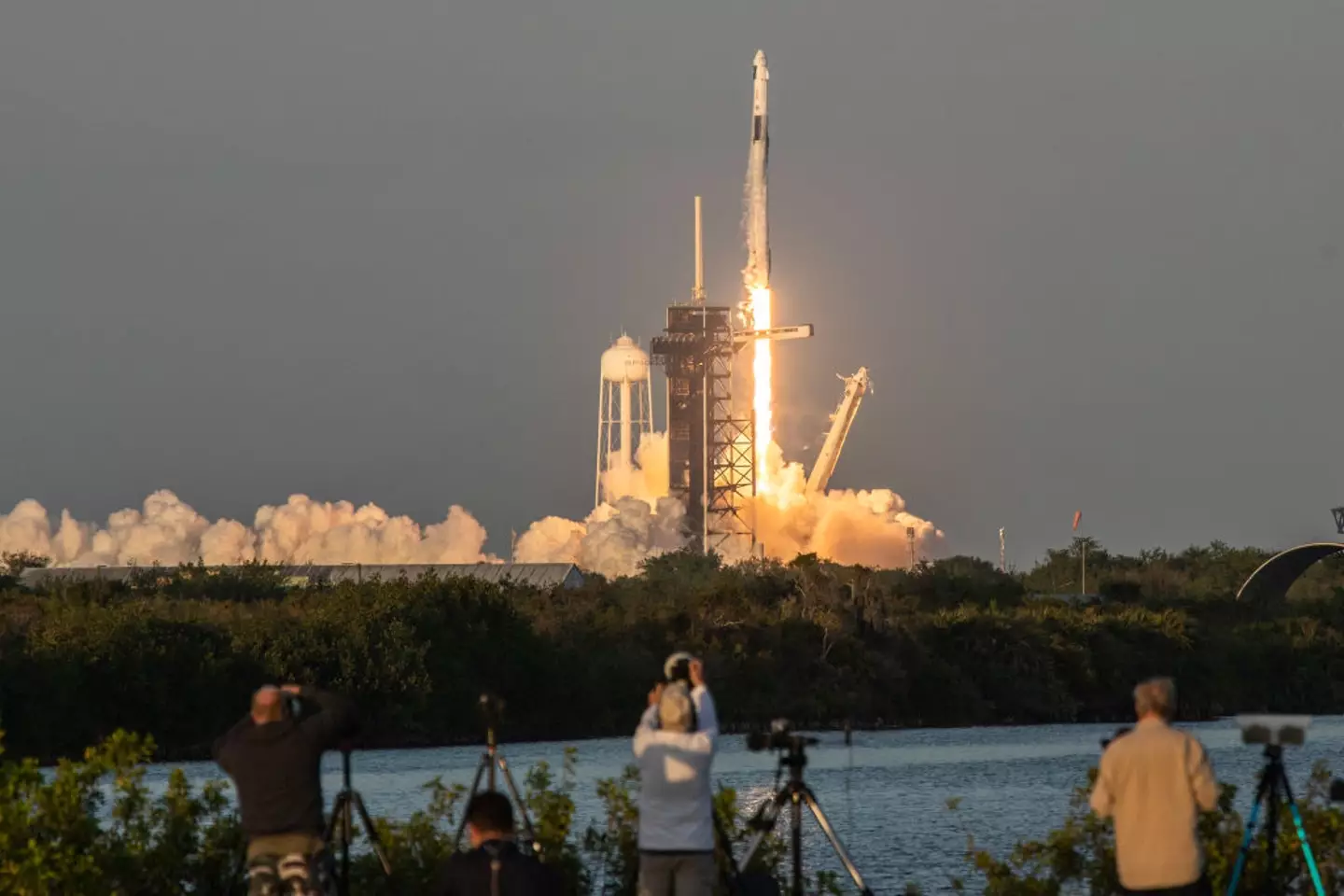

The SpaceX Falcon 9 rocket lifted off at the Kennedy Space Center on Friday (NurPhoto / Contributor / Getty)
“The updated return target continues to allow the space station crew members time to complete handover duties while providing operational flexibility ahead of less favourable weather conditions expected for later in the week,” the space agency said.
The journey is to be broadcast live from Monday evening when hatch closure preparations begin.
The long stay – which required NASA to send them extra clothing and personal supplies – has caused the pair to spend Thanksgiving and Christmas on the outpost away from their families.
Meanwhile, some are worried about Williams and Wilmore’s health states after photos were released showing their gaunt physical appearance.
In response to the concern, NASA has reassured everyone that they’re both okay – but their biggest challenges might still be ahead of them.
Featured Image Credit: iss/Instagram


An ‘alien’ was spotted onboard the International Space Station (ISS) as the SpaceX crew docked to rescue NASA astronauts.
After nine months in space, NASA astronauts Sunita ‘Suni’ Williams and Barry ‘Butch’ Wilmore were finally set to head home.
But their send-off got a little unexpectedly extraterrestrial.
Williams and Wilmore were only supposed to spend eight days on the satellite when they arrived in June 2024.
However, safety concerns grounded their Boeing Starliner spacecraft and it returned to Earth without them – leaving the pair stuck in orbit much longer than expected. Their ride home finally arrived early Sunday morning, as a SpaceX Dragon capsule docked at the ISS.


On Friday, Falcon 9 launched with Crew-10 to replace the stranded astronauts. NurPhoto / Contributor / Getty
Many watched as the Falcon 9 blasted off on Friday – one that saw multiple delays.
Along with bringing Wilmore and Williams back, the capsule delivered four new astronauts to replace them including NASA’s Anne McClain and Nichole Ayers, Japan’s Takuya Onishi and Russia’s Kirill Peskov.
When the new crew arrived and the hatch opened, they got a fitting surprise – an alien.
Okay, so it wasn’t a real alien. But it still looked pretty cool!
Fellow astronaut Nick Hague greeted the rescue crew by floating around wearing an alien mask.
It was smiles all round as the rescue Crew-10 arrived to replace the stranded astronauts. “It was a wonderful day,” Williams told Mission Control at NASA’s Kennedy Space Station after their arrival. “Great to see our friends arrive.”
Though their replacements have arrived, Williams and Wilmore won’t be leaving just yet. They will spend a few more days on the ISS teaching the replacement crew the ongoing experiments and maintenance schedule before departing aboard the same Dragon capsule.
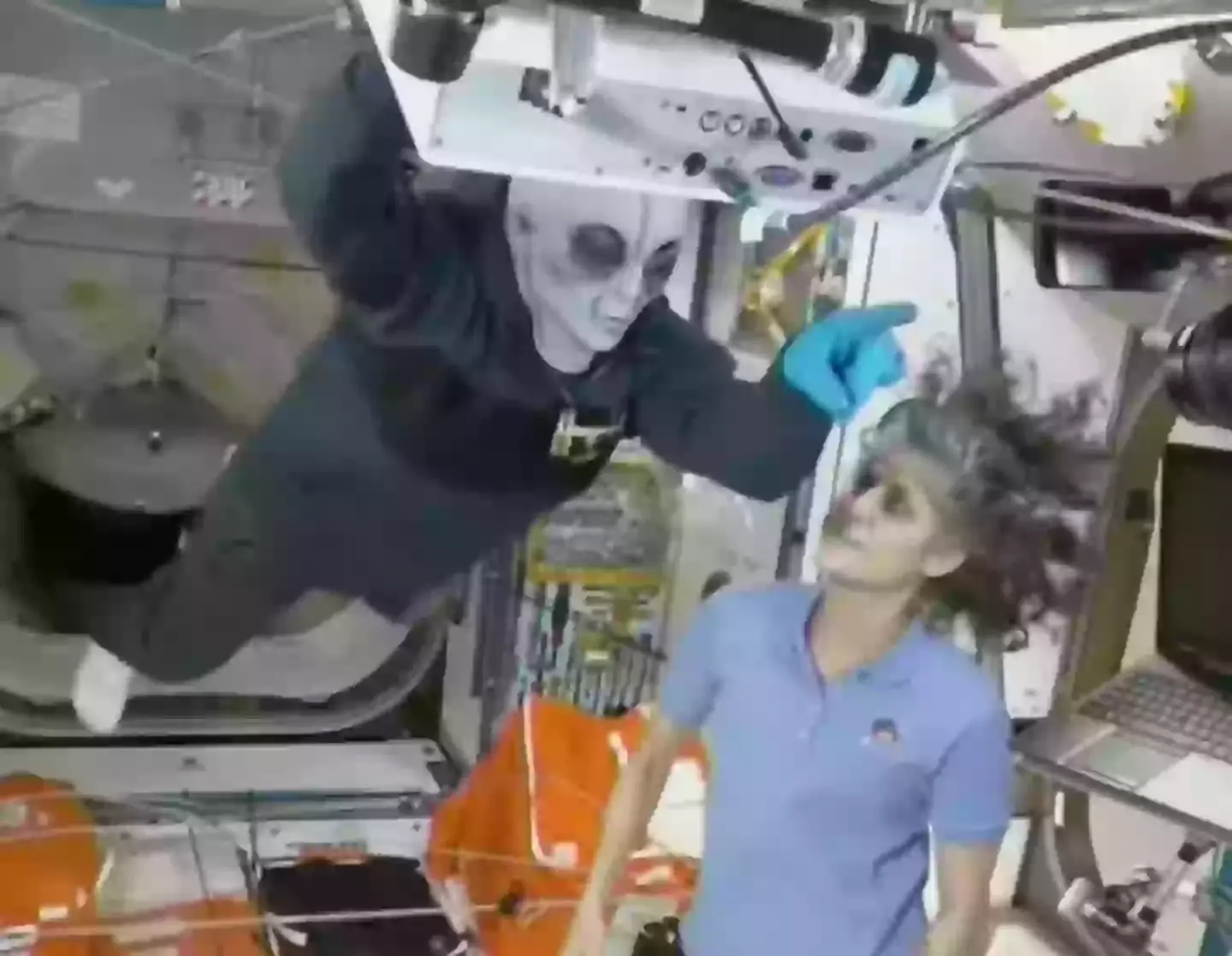

NASA
Whilst they have made the most of their extended stay and spent the holidays together, they’re expected to face some challenges upon their return.
Williams previously addressed that she’s relearning ‘how to walk.’ It’s likely they have developed a skin condition known as ‘baby feet’ that can occur after months without walking, turning their feet soft.
The return to gravity can make standing and walking painful until their feet toughen up again.
Initially, NASA planned to bring them home two weeks later, but their return was moved up after President Donald Trump ordered close ally Elon Musk to go ahead.
“I have just asked Elon Musk and SpaceX to “go get” the two brave astronauts who have been virtually abandoned by the Biden administration,” the president wrote on his Truth Social platform last month.
“Elon will soon be on his way. Hopefully, all will be safe. Good luck Elon!!!”
Meanwhile, NASA has faced significant budget cuts under Trump’s administration, leading to the shutdown of two departments and the office of its chief scientist.
Featured Image Credit: NASA


The elongated saga of Suni Williams and Butch Wilmore could soon be coming to an end, as NASA is finally due to rescue the pair of astronauts. Williams and Wilmore have become the face of space after they were marooned on the International Space Station last year. Although Williams has reiterated they aren’t stranded, their eight-day mission aboard the ISS was massively extended due to a fault with their Boeing Starliner capsule, which forced it to fly back without them.
As the days tick by, Williams and Wilmore have currently been aboard the ISS for 272 days…and counting.
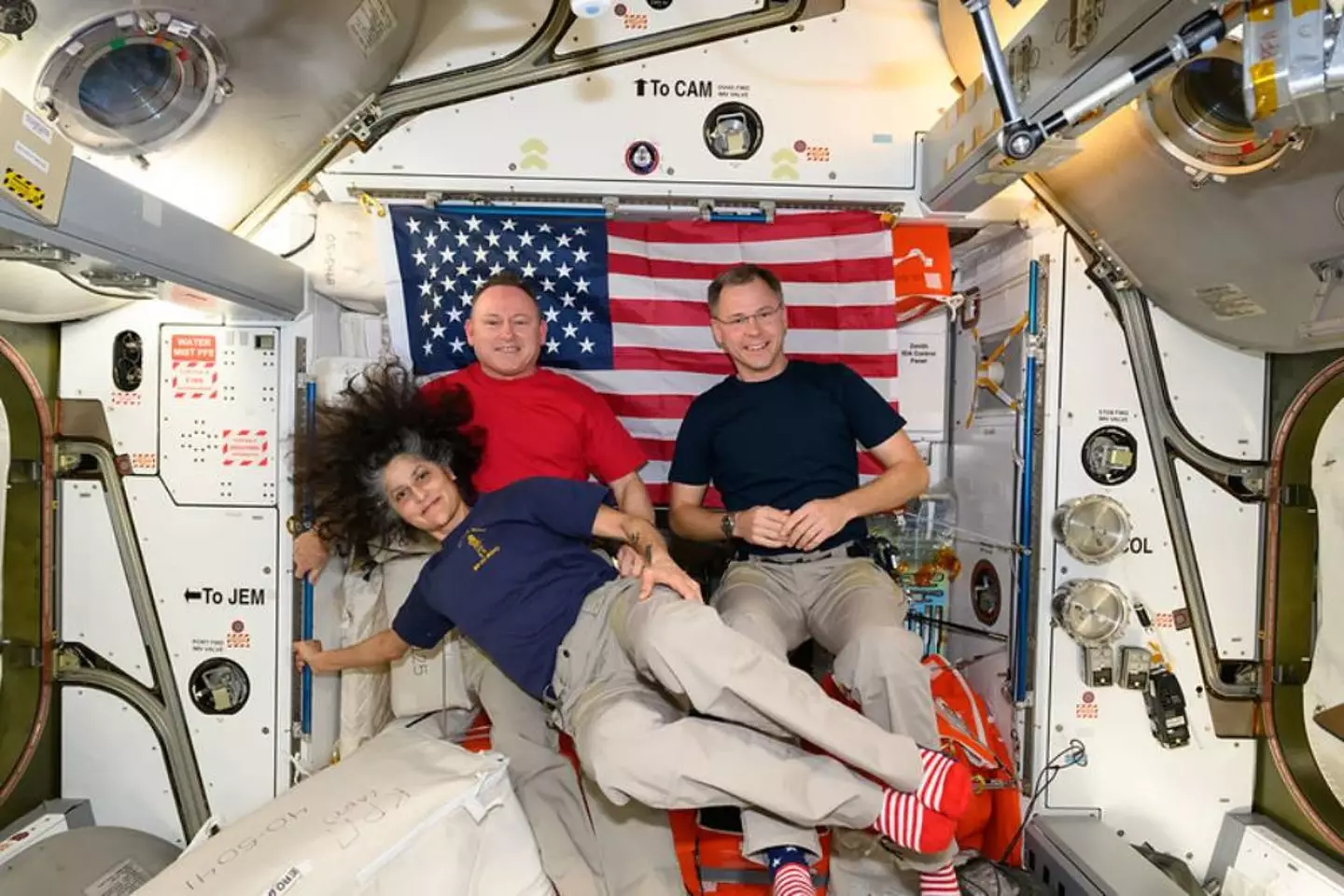

Williams and Wilmore are finally set to be rescued in March 2025 (NASA)
Things are finally wrapping up following calls from President Donald Trump for Elon Musk to go and get them, Musk claiming they were abandoned by the Biden administration, and the world’s richest man calling one famed astronaut an ‘idiot’.
SpaceX‘s long-awaited Crew-10 launch is scheduled for March 12, with the dynamic duo finally set to get their feet back on terra firma. After this, there are expected to be some major adjustments to life back on Earth.
Williams has explained the brutal daily regime they’re undertaking in space, involving two hours of exercise to stop help try and combat damage to their bones and muscle.
We already knew there would be a physical toll trying to return to ‘normal’ life, but speaking to DailyMail.com, doctors have explained a little more about what Williams and Wilmore might have to deal with.
As soon as Williams and Wilmore emerge from their capsule, they’re expected to be put on stretchers and rushed away for medical examination.
Dr Vinay Gupta is a pulmonologist and Air Force veteran who claims it could take up to six weeks of brutal regimens to regain their strength.
This will start as soon as they’re back on Earth and initially focus on walking, as well as flexibility and muscle strengthening. The second phase of the 45-day regime involves proprioceptive exercises and cardio reconditioning. The third and final phase is the longest, focusing on returning them to peak physical performance via ‘functional development training’.
Given that Williams and Wilmore have been exposed to the equivalent of one year’s of Earth radiation during a single week in space, Gupta added: “‘If I was their physician, I would think about a more proactive strategy for cancer screening…We want to take a different approach here, given that they had such a unique exposure history.”
With research suggesting that an astronaut aged between 30 and 50 can lose about half their strength following a six-month period in space, biomedical engineer Dr. John Jaquish goes on to explain the effects of low gravity on bone and muscle loss: “The human body needs the Earth’s gravitational pull, and in an absence of that, a lot of things are not functioning correctly.”
Despite their exercise regime, Gupta added: “The reality is, they’re effectively getting a fraction of the sort of exercise that we all take for granted just by walking in [Earth’s] gravity.
“Invariably, despite them doing all the right things (which I know they are), you’re going to see a decrease in muscle mass and strength — no question.”
Although most astronauts can get back to their pre-mission fitness after just 45 days, it can sometimes take months or even years to return to where they were.
Featured Image Credit: NASA


Sunita Williams and Butch Wilmore are one step closer to making it home, with their nine-month stay aboard the International Space Station finally coming to an end.
Although the pair of NASA astronauts were only supposed to be in space for eight days, issues with their Boeing Starliner meant they were marooned on the ISS until a relief crew could come and take over their duties.
The pair have become a media sensation, with President Donald Trump telling Elon Musk to go get them, while the tech billionaire then accused the Biden administration of ‘abandoning’ them for political reasons.
NASA fast-tracked their rescue, and just when it looked like things were going smoothly, a March 12 mission was called off at the last minute. A subsequent flight was canceled due to adverse weather conditions, but making it third time lucky, SpaceX’s Crew-10 finally blasted off. Around 29 hours later, the craft docked with the ISS, and there were emotional scenes as Williams and Wilmore finally realized they were going home.

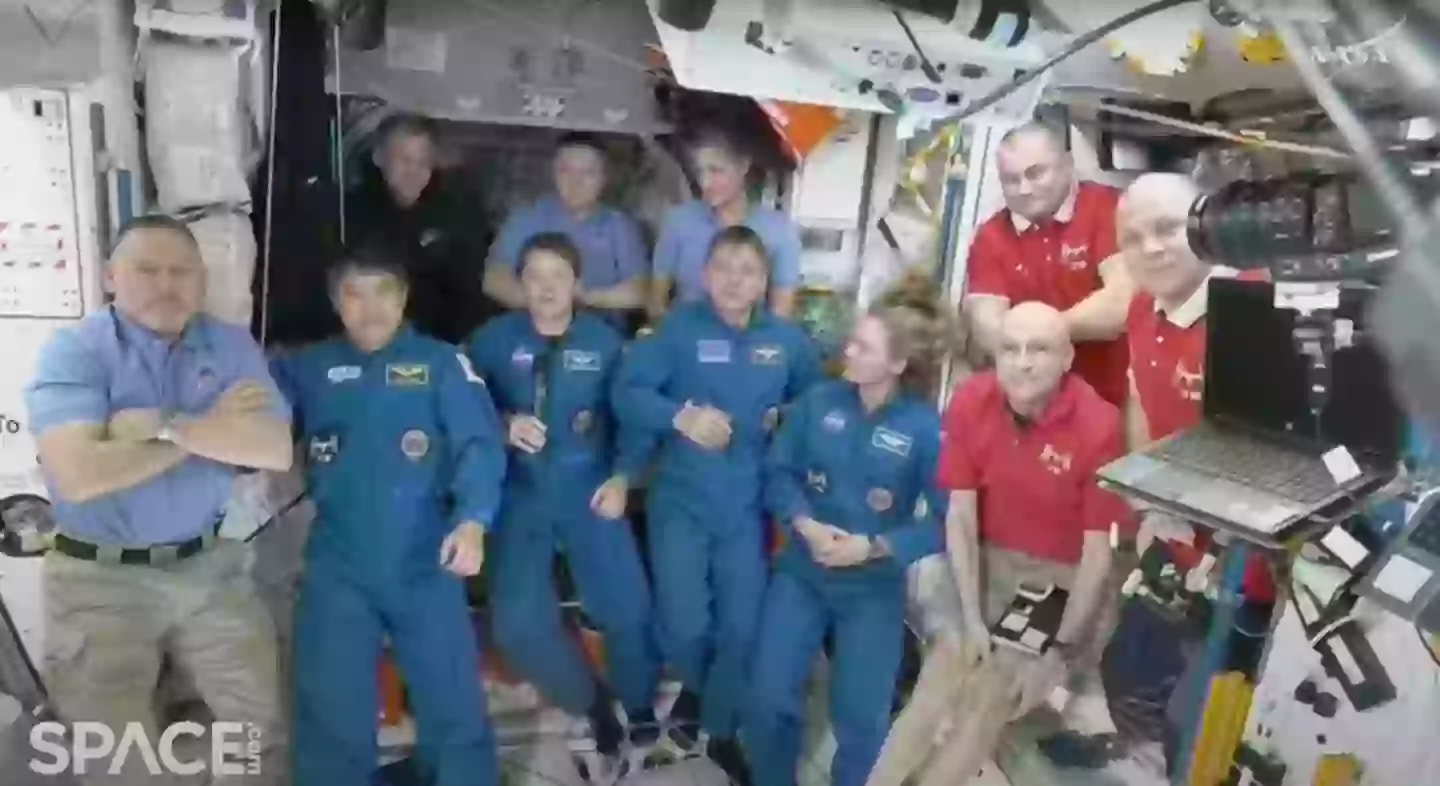
There were happy scenes as Crew-10 joined the ISS (NASA)
At 12:04 a.m. EDT on March 16, commander Anne McClain, pilot Nichole Ayers, JAXA (Japan Aerospace Exploration Agency) astronaut Takuya Onishi, and Roscosmos cosmonaut Kirill Peskov docked and then entered the ISS’ orbital lab.
Onishi was the first through the hatch, followed by Peskov, Ayers, and then McClain. It was all smiles as the Crew-10 crew settled into their new digs, allowing Williams, Wilmore, and Crew-9 astronauts Nick Hague and Aleksandr Gorbunov to soon head home.
In a live video beamed from the ISS, McClain said: “Hi everybody down there on Earth. Crew-10 has had a great journey up here, about 28 hours to get back up to the space station. And I cannot tell you the immense joy of our crew when we looked out the window and saw the space station for the first time.
“You can hardly even put it into words, orbiting the Earth for the last couple of days, it has been absolutely incredible.”
Crew-10 is scheduled to remain on the ISS for the next six months.
Williams gave a short but sweet response to the arrival, saying: “Houston, thanks for tuning in this early morning, it was a wonderful day, great to see our friends arrive, so thank you so much.”
People in the comments were equally touched, with one person writing: “What an amazing time to be alive. Thank you SpaceX and all communities involved!.”
Another added: “Gravity or no gravity, hugging another person remains the most priceless gesture.”
A third concluded: “Tears of joy, watching them embrace!”
With a few days of handover, Williams and Wilmore are set to depart the ISS on Wednesday (March 19) and have a quick hop back to Earth where they’ll be rushed off on a stretcher and quickly put into a ‘brutal’ regime of recovery.
If all goes as plan, the pair of marooned astronauts will have been in space for a jaw-dropping 286 days. We’d like to say they’ll be paid handsomely for their extra time in the stars, but unfortunately, they won’t.
